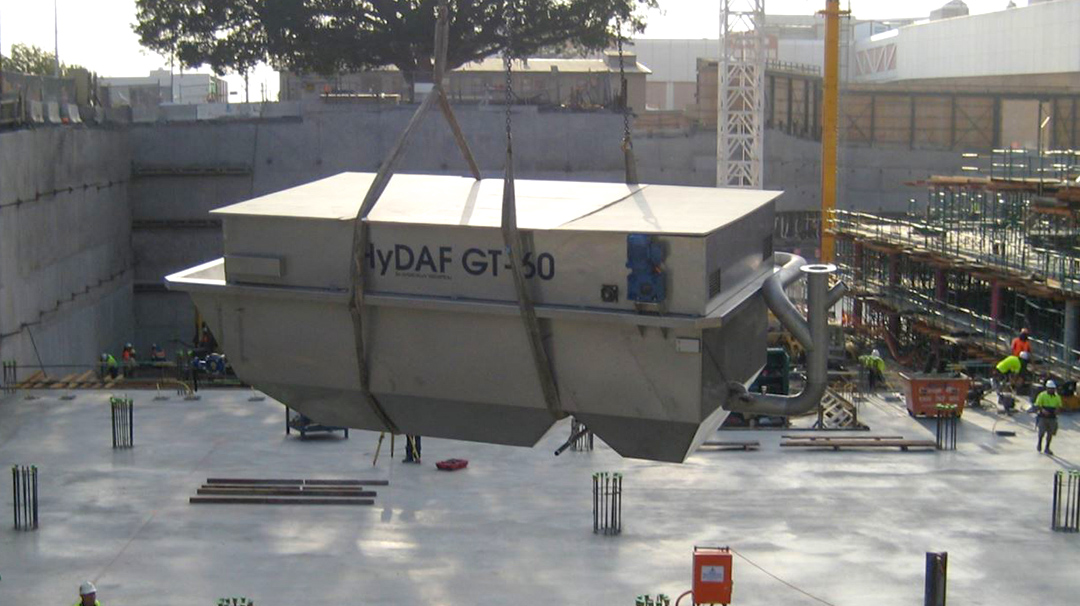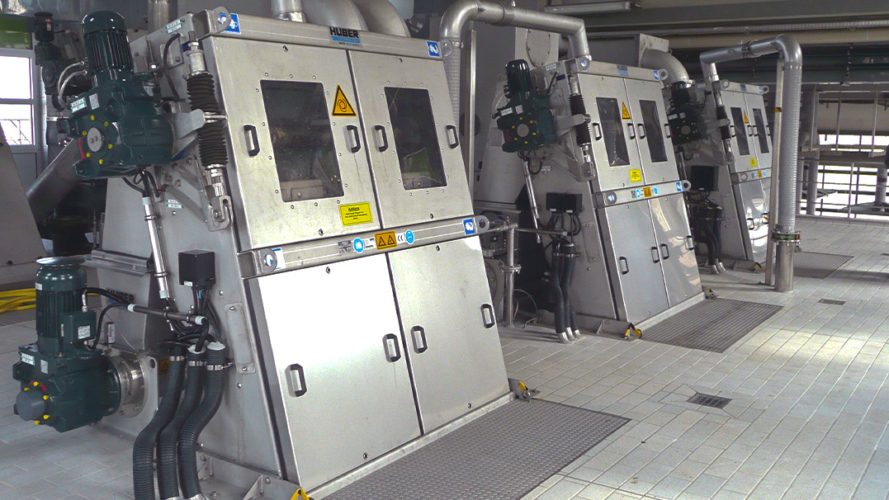
Can any DAF System be used for Centralised Pre-treatment for Shopping Centre Food Court Wastewater?
March 29, 2019
It is a Sydney Water requirement that a centralised pre-treatment system must be installed at shopping centres with multiple food courts where the total effective required grease trap capacity exceeds 30,000 L. The only approved treatment process for centralised pre-treatment is dissolved air flotation (DAF).

In many other regions in Australia, wastewater being discharged from large scale food courts is permitted under an industrial type agreement where discharge limits for substances such as grease, suspended solids and pH are applied.
Currently in Sydney, there are no such limits imposed on the water quality discharging from DAF systems, but with the tremendous growth in shopping centre development and the problems grease exhorts on the sewage system, it is only a matter of time! It is therefore reasonable when installing a centralised pre-treatment system to future proof the design to accommodate the necessary equipment to enable the performance to be improved when required.
What is centralised pre-treatment?
When grease traps were installed in large complexes, they were sized to treat the estimated flow from a specific number of food outlets and located strategically throughout basement levels so that wastewater could flow by gravity. Centralised pre-treatment simply means that rather than have multiple grease traps in various locations, all wastewater is directed to a single location where it is treated in a DAF system. Occasionally for very large centres, due to hydraulic limitations, two systems may be required.
How does it work?
A grease trap removes solids and grease from wastewater by gravity. One inherent problem with grease traps are that a large proportion of the solids and grease in the wastewater don’t float or sink and simply pass through the system to sewer. The other issue is that even with frequent pump outs, once a reasonable amount of sludge has built up, the system is completely ineffective.
There are two main differences when a DAF system is applied to centralised pre-treatment. Firstly, the removal efficiency of the grease and solids is enhanced by the introduction of dissolved air into the wastewater stream due to air bubbles forcing separation rather than just relying on gravity. Secondly, the solids and grease are continuously removed from the vessel and stored in a separate tank from where it is disposed.
 Can any DAF system be used?
Can any DAF system be used?
DAF system have been in operation for decades. The technology has been applied in various applications most notably for industrial wastewater treatment, drinking water treatment, mineral processing, sludge thickening and many other cases where there is a need to separate oil and or solids from a liquid stream.
Yes, any DAF system can be applied providing it can accept gravity flow to the inlet, however, there are many significant benefits in installing the Hydroflux GT-DAF (Grease Trap DAF) which is the only DAF system specifically designed for centralised pre-treatment of food court wastewater.
The Hydroflux GT-DAF system is designed with a free separation zone at the inlet. This is a compartment which operates like a grease trap allowing solids and grease that naturally sink or float to be removed from the water phase. This means that dissolved air is not wasted on removing substances that can be removed by gravity and is only applied to finer material that the dissolved air is needed for. This unique feature of the Hydroflux GT DAF results in a reduction in size, lower power consumption and is less prone to blockages. For more information on the GT-DAF system, please click here.
For more information on the GT-DAF system, please click here.
Up Next
World Water Day, March 22nd
Categories
- Tradeshows
- Climate
- Community Engagement
- Corporate Announcements
- Group News
- Newsletters
- Product News
- Project Announcement


